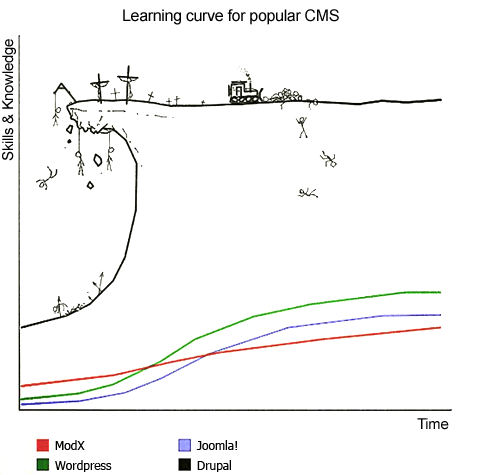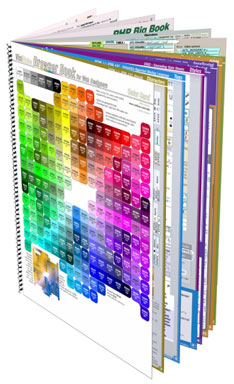Twelve folks attended the September meeting of the New Hampshire Ruby Rails Group. Due to some logistical issues, we moved the meeting from NH-ICC to AlphaLoft, thanks to AlphaLoft member Nick Plante. Jason Morrison of thoughtbot was the featured speaker, talking about backbone.js.
Organizer Brian Turnbull got the meeting started with brief introductions.
Clients want the improved client-side experience of rich-client apps within the browser.
But which framework? Different patterns: MVC2 is what we’re used to seeing in Ruby/Rails. MVC and MVVM (Model-View-View-Model or Presenter).
Choice fatigue (http://www.nytimes.com/2011/08/21/magazine/do-you-suffer-from-decision-fatigue.html) : there seem to be more JavaScript frameworks than JS developers.
- Capuccino – PowerPoint in the browsers, 270North
- SproutCore (1,x,m 2.z) ricu Ui widget framework,.0 from the ground up rewrite, less widgets
- Knockout.js: useds the HTML5 Data- elements
- Batman.js – from Shopify, ActiveMerchant, using Node.js server-side component
- JavaScriptMVC – mature, uses jQuery, filterable grids, lots of power
- Spine.js – CoffeeScript, asynchronous front end, does full validation on client-side
- Backbone.js – tonight’s featured framework, well-documented (in Doc-O)
- Angular, Coherent, PureMVC-js, AFrameJS, TrimPath Junction,
Moving parts:
- History
- Router
- View
- Model
- Collection
- Sync
- Underscore
- $
Jason wowed the crowd with an excellent demo of an app under development and spoke eloquently of the power, and the dangers, of deploying MVC (or MV-something-else) into the client. His slides contained a great many good references. My laptop gave out at this point, so I didn’t take additional notes, but you can find his slides at http://jayunit.net/backbone-js-on-rails-talk and source for the slides at https://github.com/jasonm/backbone-js-on-rails-talk/blob/gh-pages/slides/index.md
One of the little things that got the crowd all excited was the line numbering on Jason’s Vim session: the current line was numbered 0, and line numbers incremented both up and down the screen. “Oh, that” Jason said. ‘set rnu’ is the command (see :help rnu within vim for details.)
Michael Tomer talked a little bit about his project, rocket.io, which is an interesting project trying to solve similar problems: “real-time” (no http lag) page updating, background sync between client and remote server. You can find his work at [updated link] https://github.com/actsasbuffoon/rocket-io
Thanks to Jason for an awesome presentation, to Nick Plante for hosting us at AlphaLoft, to Brian Turnbull for organizing the meeting, announcements and logistics, and to all the attendees for their participation.

